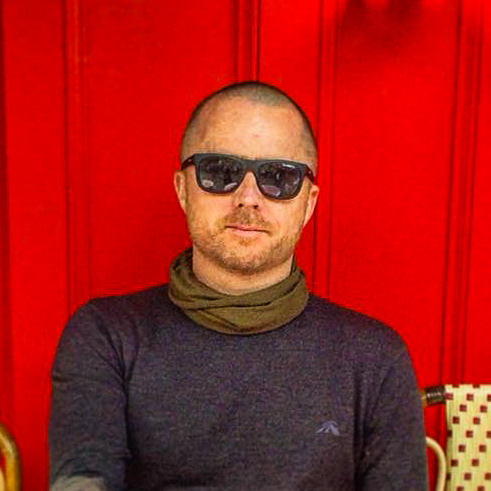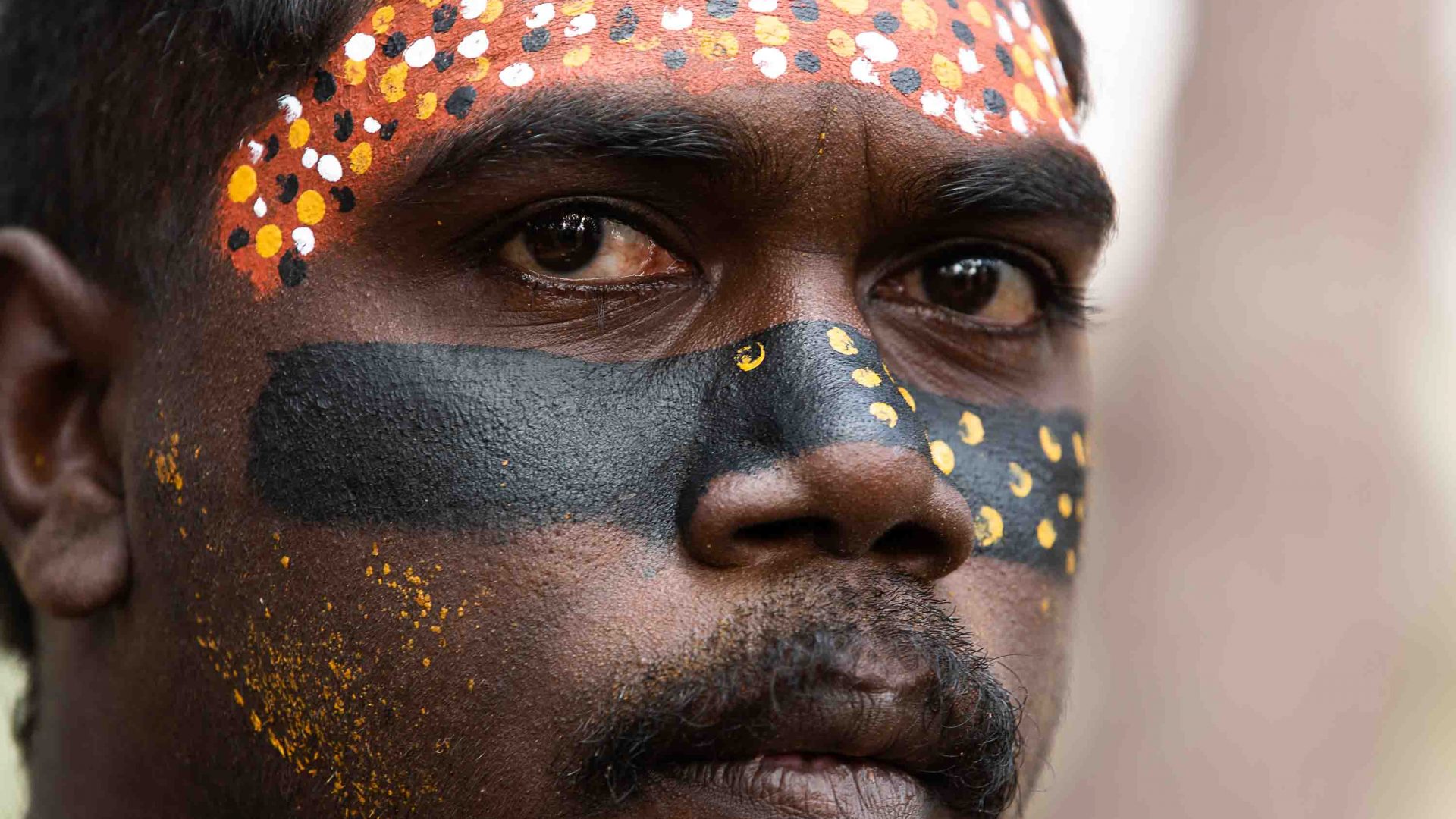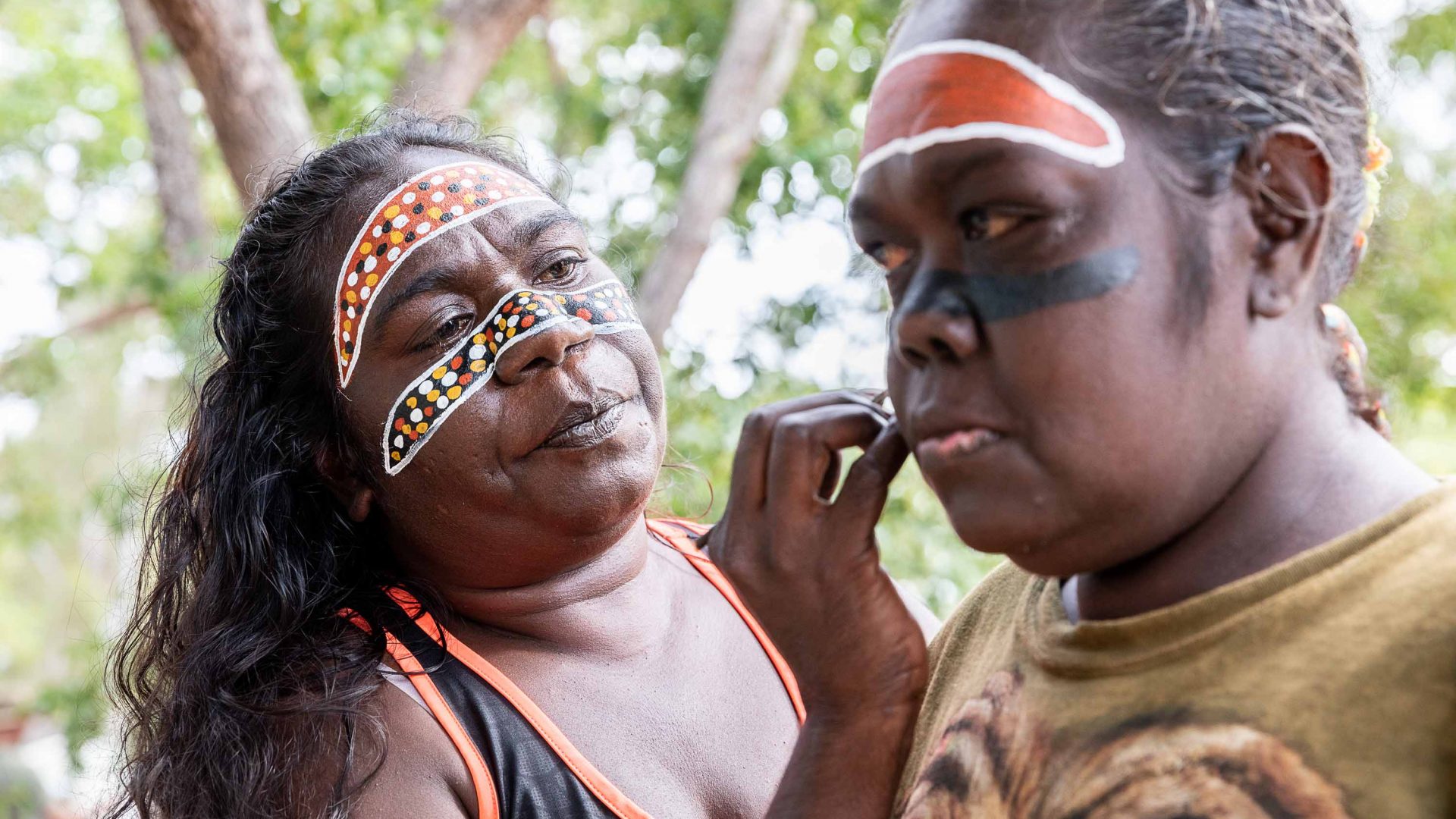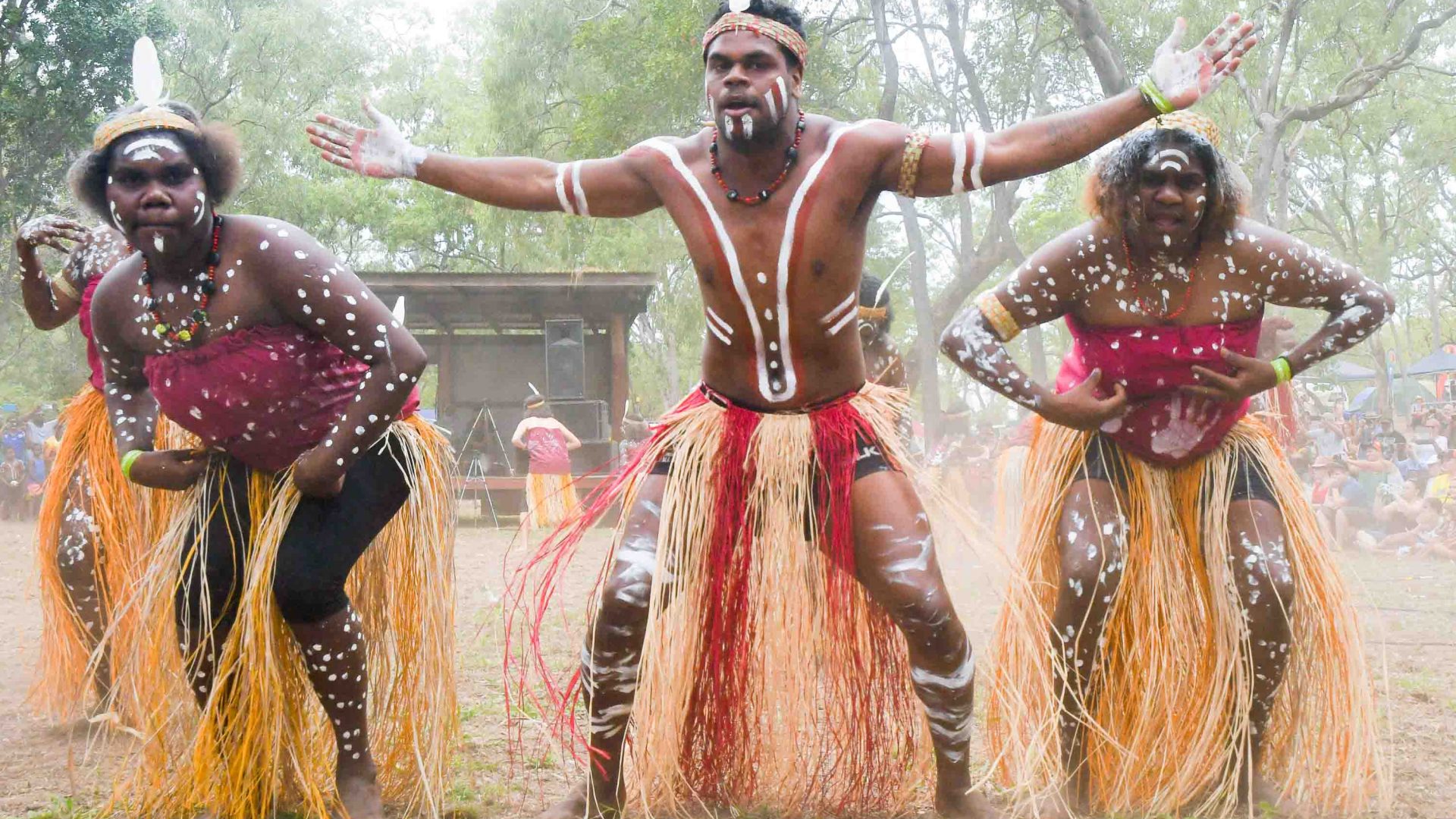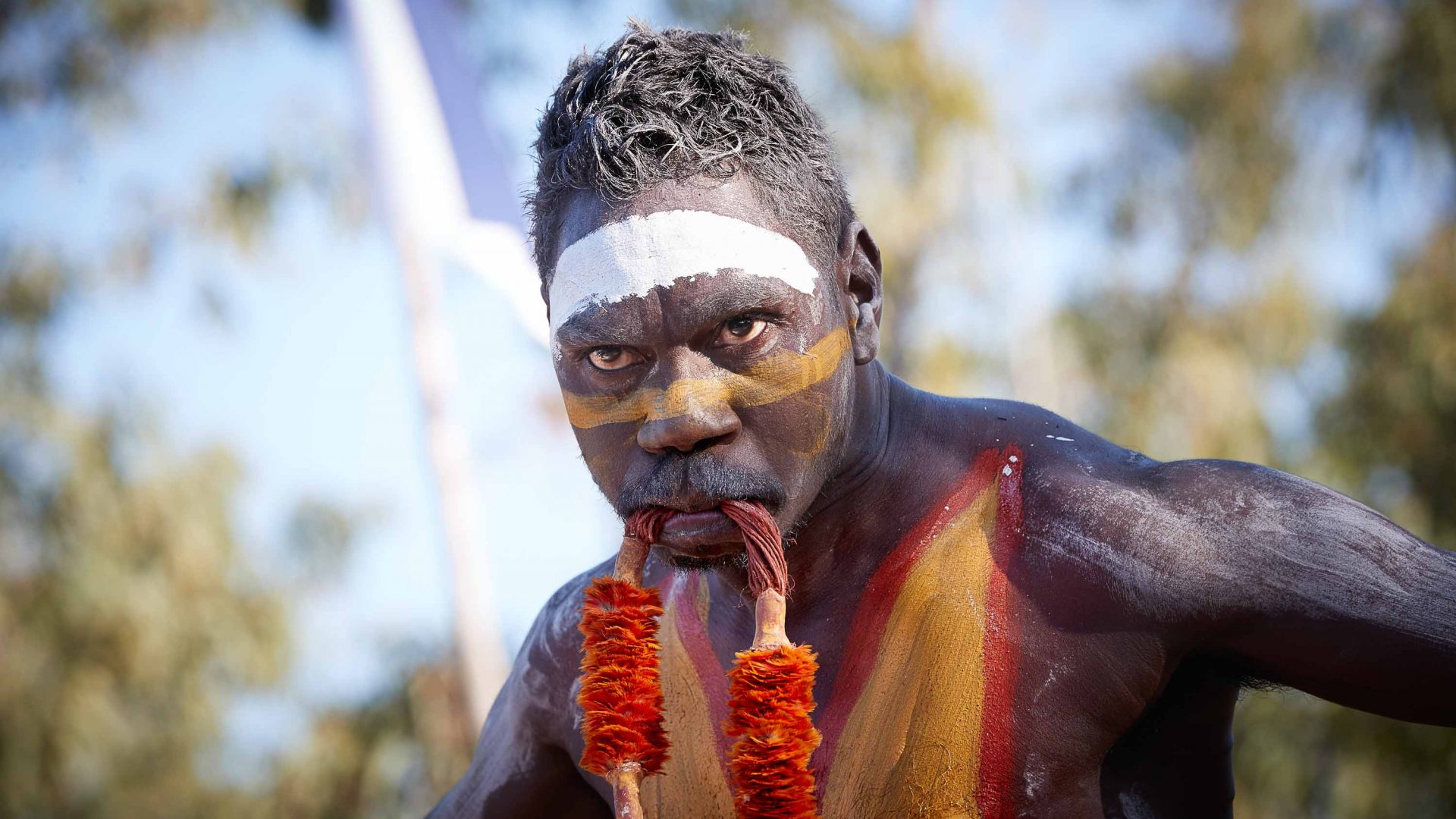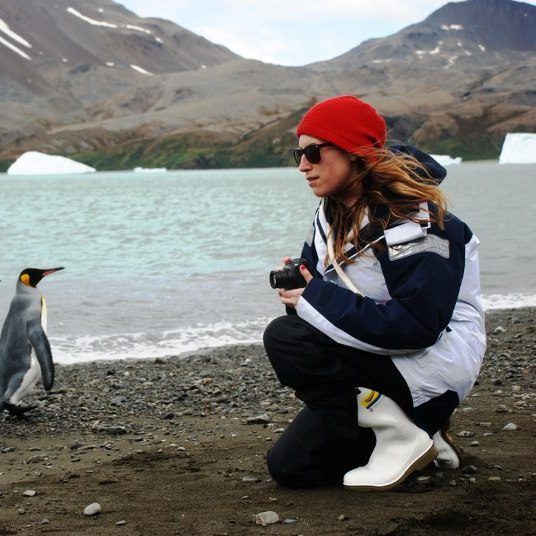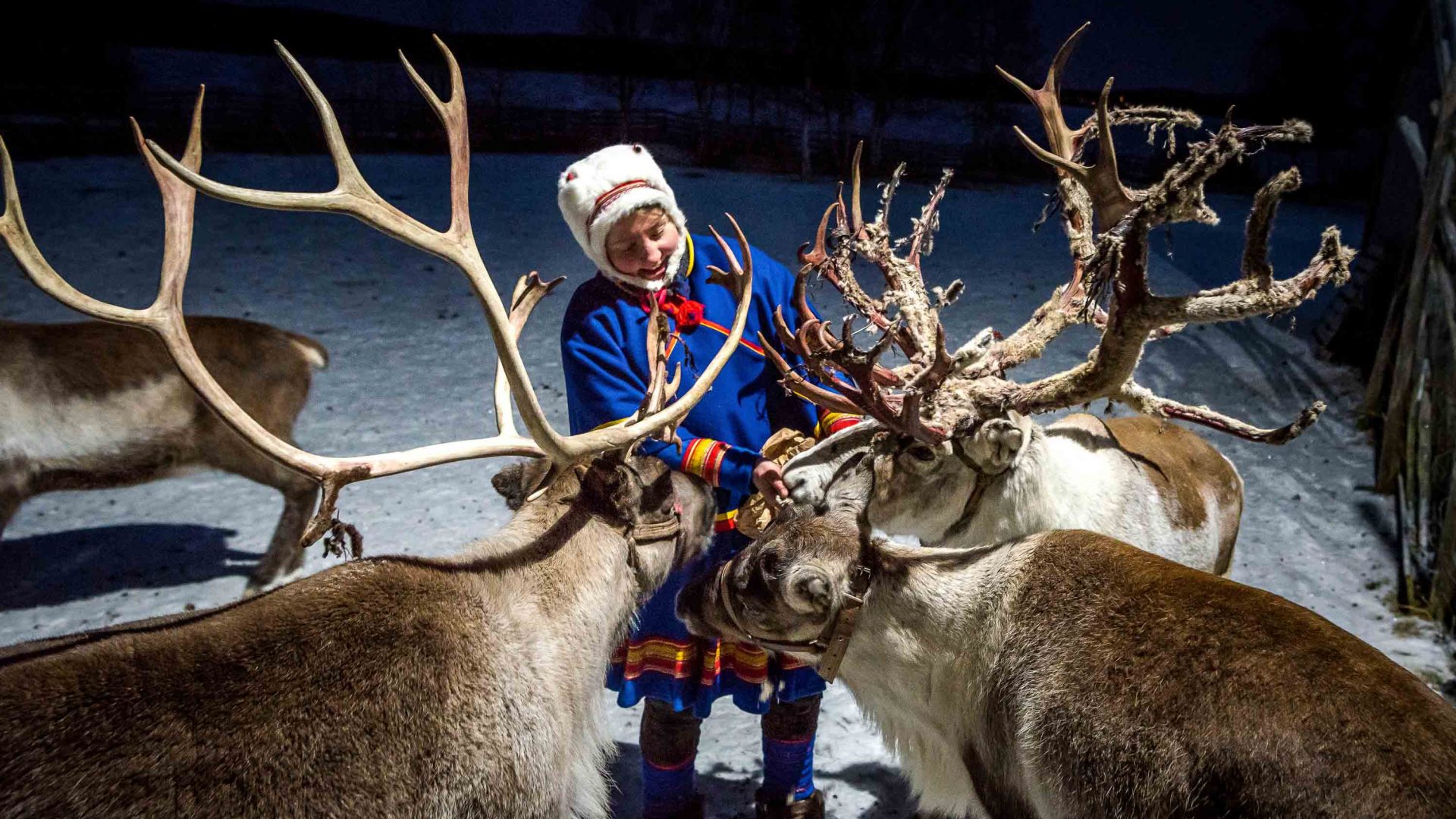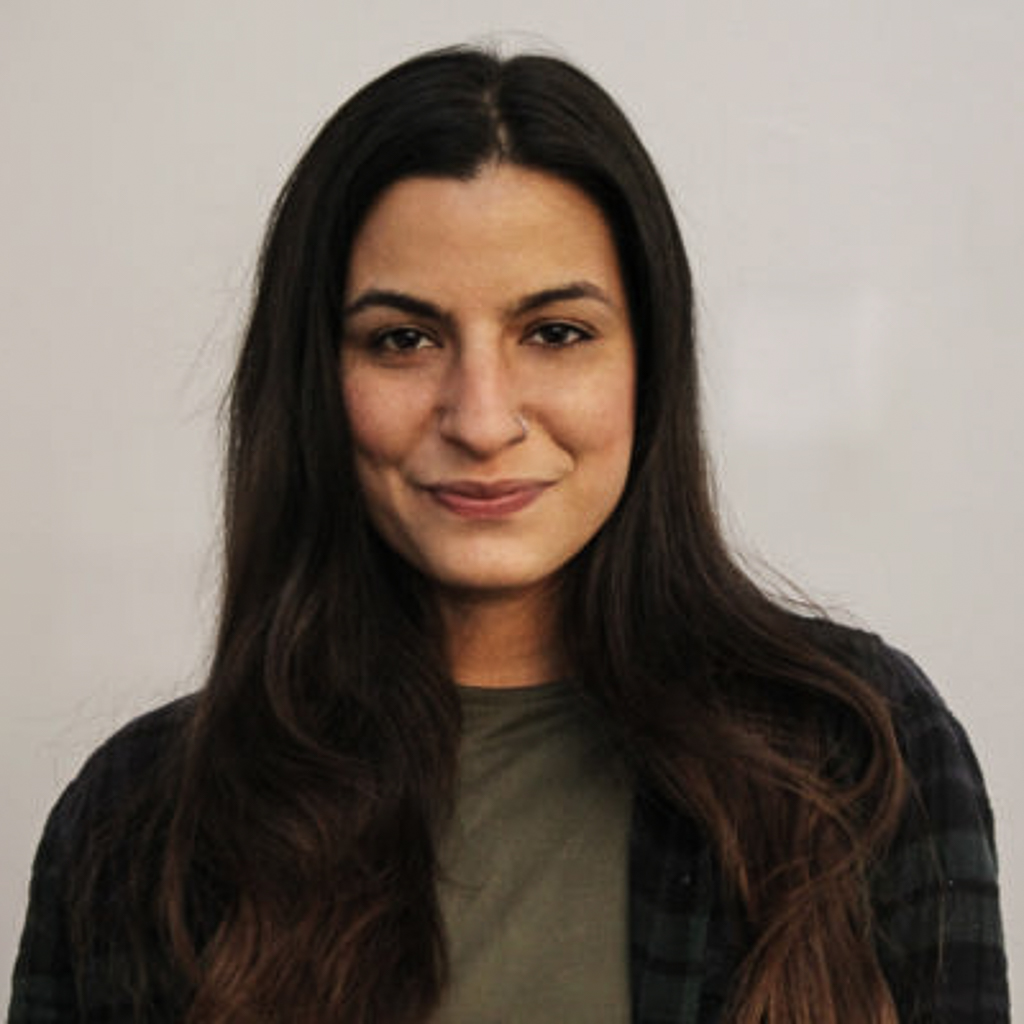
The Garma Festival of Traditional Cultures, Laura Quinkan Dance Festival and Winds of Zenadth… these grassroots festivals celebrate the traditions, storytelling, song and dance of First Nations and indigenous communities, the longest living culture in Australia. We talk to some of the people behind the festivals and how visitors can take part in the experience.
The flight to Nhulunbuy, the unofficial capital of Arnhem Land, takes off from and touches down on the Australian mainland. After the perfunctory buckle-up and close-your-tray-table spiel, the flight attendant officially acknowledges the traditional owners of Arnhem Land: The Yolngu Nation.
Arnhem Land is a pristine swathe of Aboriginal-owned land in northeast Northern Territory, bracketed by Kakadu National Park to the west and the Arafura Sea to the north. Sprinkled among its escarpments, monsoon forests and white-sand beaches are outstations—micro-communities where the various Yolngu clans strive to live in harmony with their environment, more or less as their ancestors have for over 50,000 years.
Arnhem Land is just one of around 500 geographically-defined Indigenous nations of Australia, many of which early colonizers tried their best to wipe from existence—sometimes ‘successfully’. But the Yolngu fought tirelessly for land rights, fishing rights and, most importantly, their human rights. Fittingly, Arnhem Land is home to one of Australia’s most important and powerful festivals: Garma Festival of Traditional Cultures.
Yet Garma is just the most high-profile example of buoyant nations celebrating their culture. The smaller-in-scale but no less intense Laura Quinkan Dance Festival and Winds of Zenadth Cultural Festival also fly under the travel radars of most non-Indigenous Australians, who usually spend their time and money in the countrysides of Europe and Southeast Asia.
